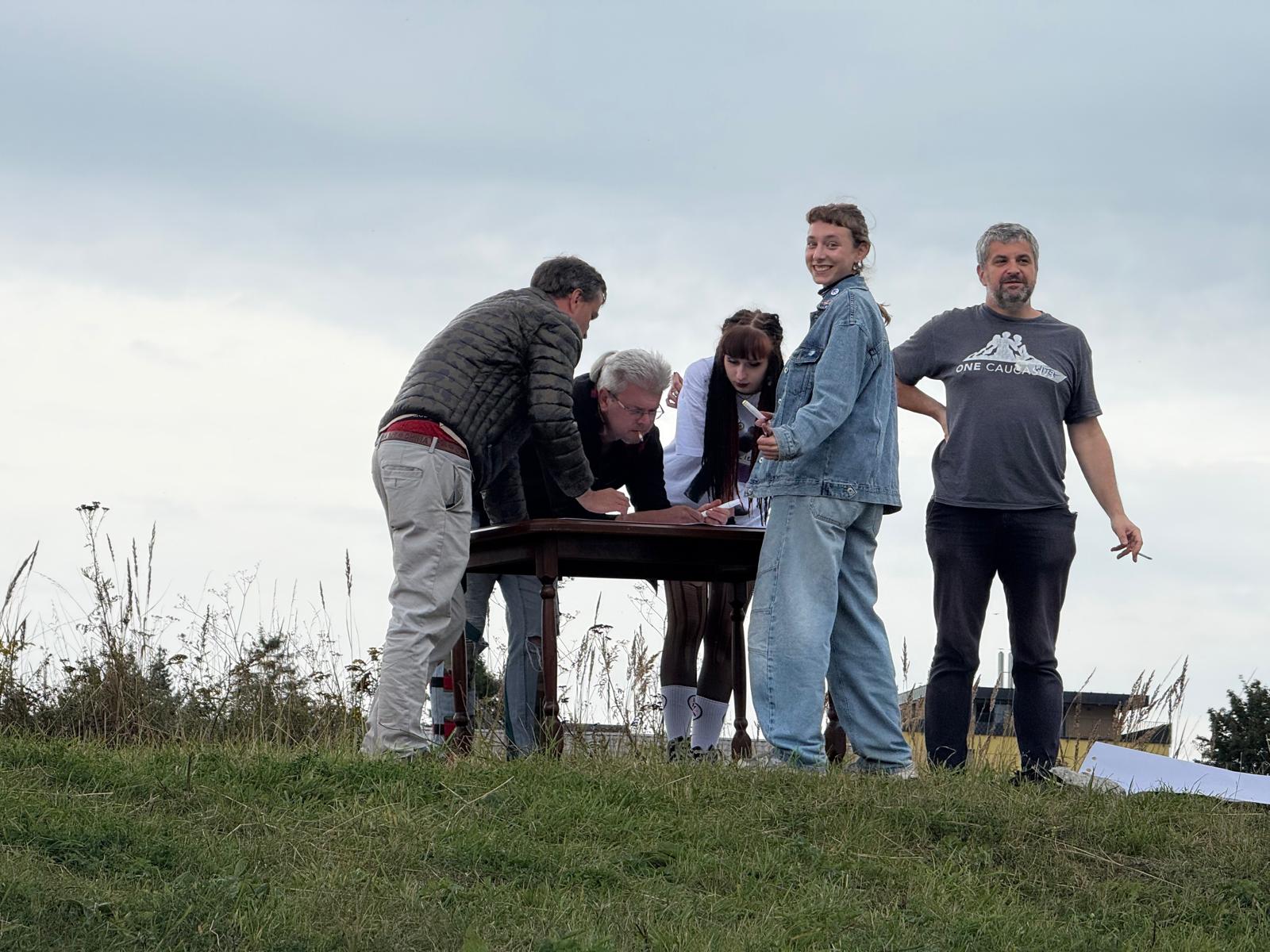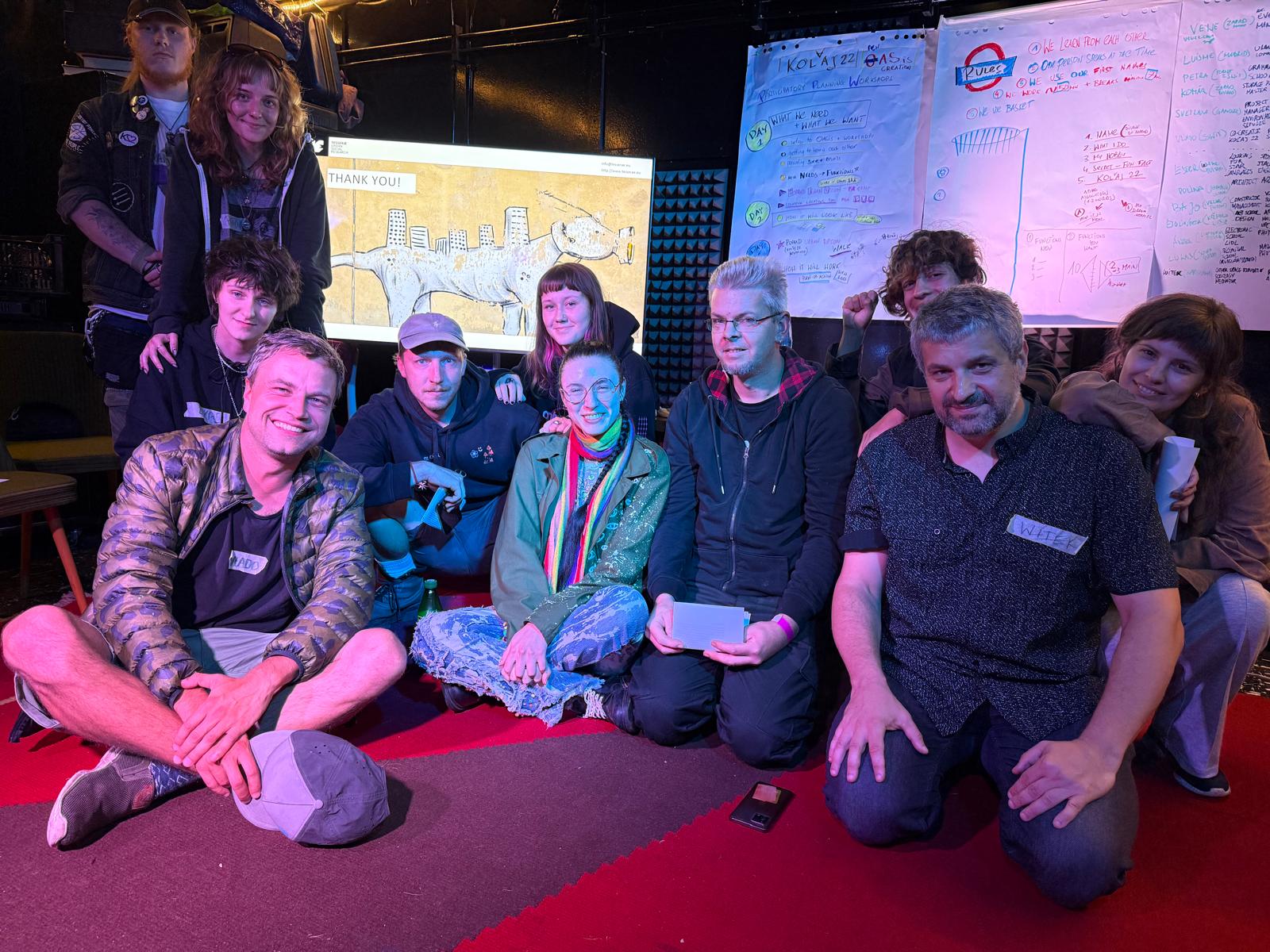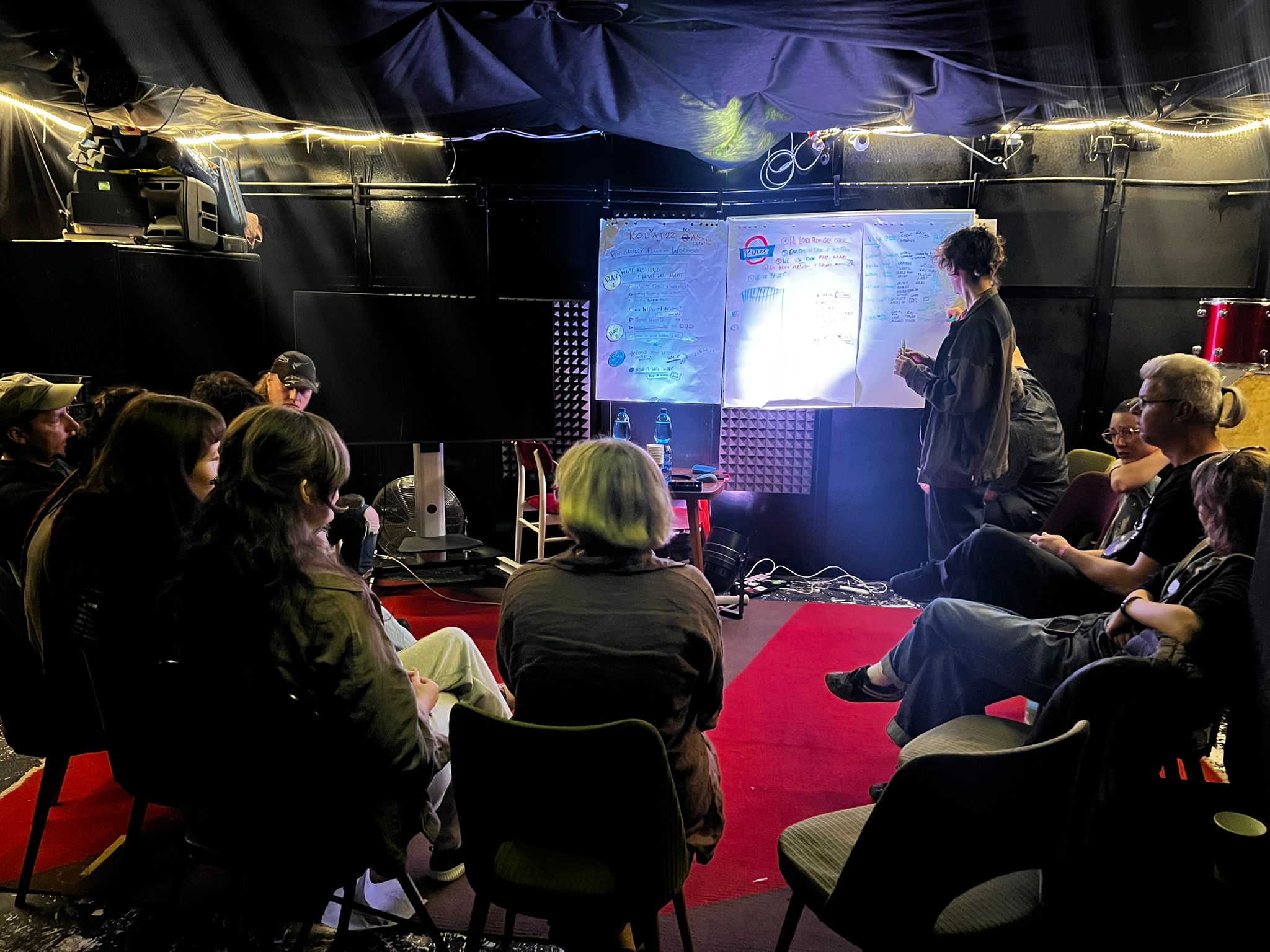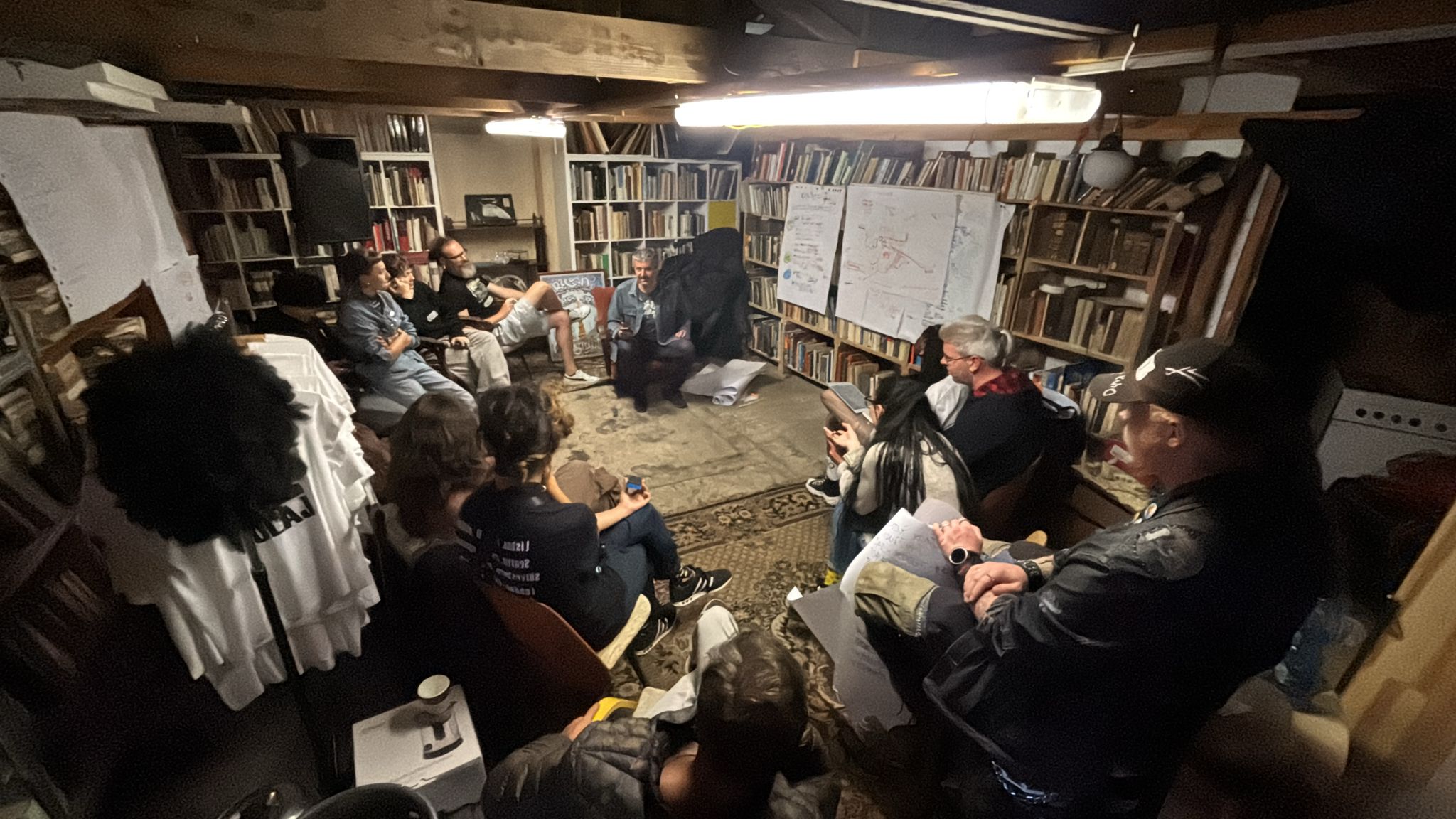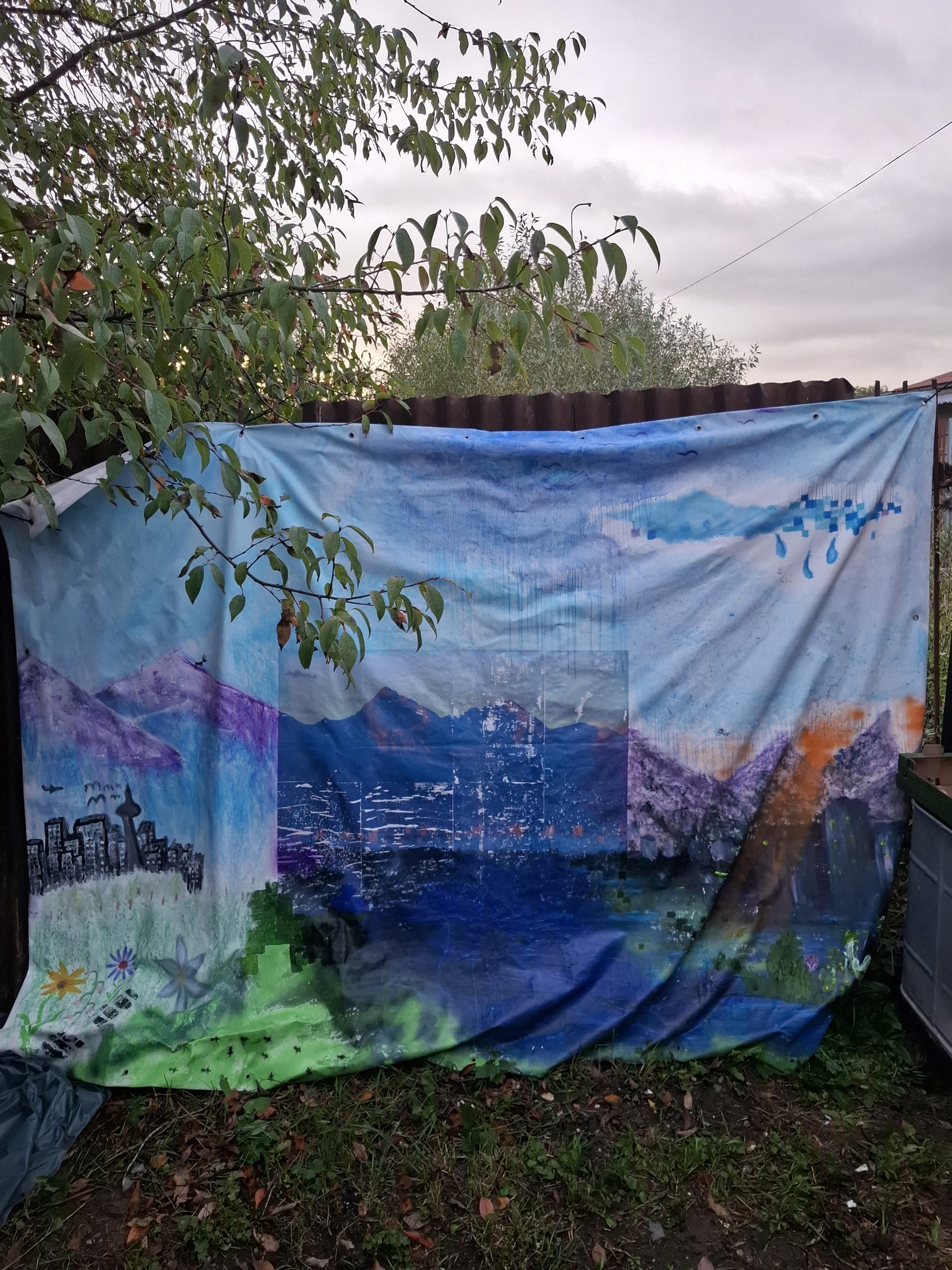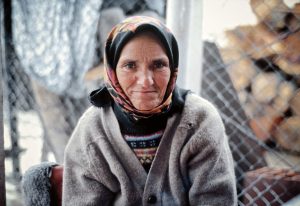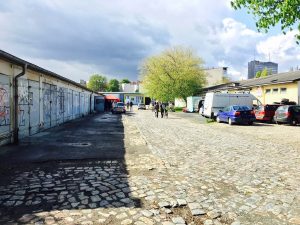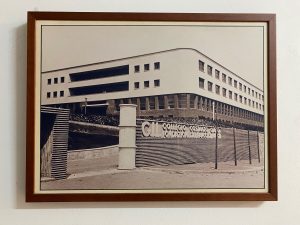Koľaj 22 is a cultural space in Poprad that has been shaped by younger generations into a hub for music, DIY culture, and community-driven activities. Situated next to the city’s railway tracks, it blends the spirit of alternative cultural practices with the historic industrial surroundings, offering a space for creativity and social connection
Koľaj 22 is an underground cultural centre located next to the railway tracks of Poprad’s main station, in a former carpentry workshop. Over the past years, it has been regenerated by a collective of young people into a safe and open space for alternative communities in the region. The centre regularly hosts music and cultural events, fairs, lectures, and workshops, becoming an important reference point for youth culture in the city.
The identity of Koľaj 22 is deeply tied to the railways, which since the late 19th century have shaped Poprad’s development as a touristic hub at the foothills of the High Tatras. Around Koľaj 22, traces of underground culture can still be found in the railway underpass popular for graffiti and skating, and in former industrial spaces that once hosted raves and have now been redeveloped as an art gallery. The city also carries strong memories of the socialist period, including modernist sculptures, remnants of the 1968 Soviet occupation and public mosaics celebrating liberation from fascism.
The region faces pressing challenges related to urban development, where nature conservation regulations are often weakly enforced and private interests prevail over the protection of unique biodiversity. Against this backdrop, Koľaj 22 provides a rare civic and cultural space independent from these dynamics, rooted in community energy and self-organisation.
Through the Oasis project, Tesserae took place in a series of participatory planning workshops in Koľaj 22, focusing on how to further open the space to other users and connect it to wider European experiences. In collaboration with Oasis partner Machaon International, the participatory process will continue through a series of artistic residencies, enriching its programme and strengthening Koľaj 22’s role as a cultural catalyst for Poprad and the surrounding region.
